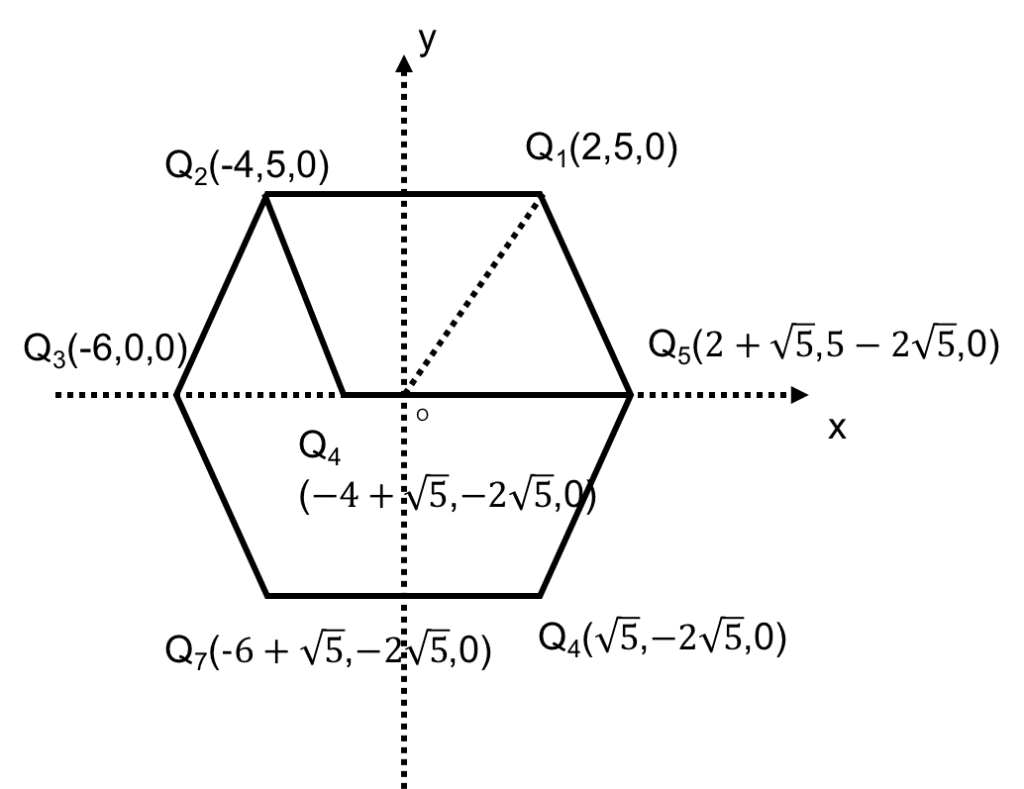ページ目次慶應義塾大学文学部の英語和訳問題の対策慶應文和訳問題とは?慶應文で和訳で問われていることは?慶應文和訳問題を解く上でのお約束慶應文和訳問題のポイント慶應文和訳問題を解き方のプロセス慶應文学部和訳を攻略するためのおすすめ参考書5冊そもそも英語の学力が不安な人は・・慶應文学部にどうしても合格し
- …続きを読む
-
慶應義塾大学文学部の英語和訳問題の対策
このブログでは、慶應義塾大学文学部の英語の和文英訳問題に特化した対策を紹介していきます。
基礎知識0の状態から合格するためには何をどのようにしたら良いのかを参考書の使い方まで徹底解説!本ブログ記事は慶應文学部の英語の和文英訳特化のブログになります。
慶應文学部の配点や合格最低点他の科目や、慶應文学部の英語全体的な勉強については下記よりご覧ください。慶應義塾大学文学部徹底対策 | 偏差値30から本番で圧勝する勉強方法
[toc]
【慶應義塾大学文学部|英語】各設問の徹底対策とおすすめ参考書
慶應文和訳問題とは?
慶應文学部の英語は、120分で大問一つという他にはない形式のかなり独特な形式の問題。
その独特な問題形式で問われる中で、
重要でかつ対策のしやすいのが今回紹介する英訳問題です。なぜ慶應文では和文英訳問題が重要なのか?
その理由は、和文英訳の点数と英語の目標得点から考えて二つあります
■英語の点数
慶應文学部で150点満点中例年3題は出題されています。
点数が15−20点程度はあると考えられます。■目標得点
慶應文学部の目標点とする点数は当塾では120点としています。上記2点を考えると
和文英訳は目標得点の半分の点数を占めている超重要問題ということが言えます。慶應文で和訳で問われていることは?
和訳問題の重要性がわかったところで、、
慶應文学部が和訳問題にてどのようなことを聞いているのかを少し考えてみましょう。和訳=日本語への置き換えではない
慶應文学部の和訳問題は、、
単に英語を日本語に置き換えていく機械的な作業ではありません。
日本語の訳語選定や意味を取る、文章構造を理解するのは非常に難しいです。大学側が辞書の使用を許可してまで、試験を実施していることを考えると、
単語の羅列で訳すのではなく、
文構造を理解し、またその単語の意味合いを理解し、
日本語の助詞、修飾関係が出来上がっているのか?という点まで理解する必要があります。慶應文和訳問題を解く上でのお約束
和文英訳を解く上でのお約束ごとをお伝えします。
下記を守らなかった場合は、合格点を取ることができる可能性が低くなります。代名詞の扱い方
it, that, this, she, he, tney・・・といった代名詞については
基本的には、本文内での文章を入れずにそのままの訳(itであれば,それ)で構いません。
注意点
和訳で代名詞が元々何だったのか?を訳出しなくていいからと言って、
読む際に代名詞が何なのか?だったのかを処理しなくて良いわけではありません。
自分で読む際には、
必ず代名詞が何を指しているのかを処理できるようにしてください。固有名詞の扱い方
固有名詞は原則自分が読んだカタカナで処理して構いません。
あくまで和文英訳問題は上述したように、
構造的に英語の文章を理解することができているのか?、
文章に応じた適切な日本語を使うことができるのか?を試しています。なので、前提知識として固有名詞を知っているかどうかを聞いているわけではありません。
そのため、よくわからない固有名詞があっても気にせず、
自分がカタカナで読んだ言葉で訳してみましょう。語彙の訳し忘れはNG
受験生によくある間違いとして、自分で訳す際に必要ないと思って、
意図的に語彙を削ってしまうパターンが見られます。
基本的に書いてある語彙は、書き手が意図を持って入れています。
できる限りその筆者の意図を汲み取られるようにしてください。慶應文和訳問題のポイント
それでは、慶應文学部の和訳問題のポイントを見ていきましょう。
とにかく文構造が第一
慶應文学部の問題を解く上でのファーストステップは、、、
まずは、文構造を取れるようになってください。これまで多くの受験生を見てきていますが、
「文構造が取れる!」と自信を持っている人ほどあまりできていません。なぜならば、文構造が取れるというのは、
ほとんどの英語の枠組みを理解できるようになっているはずなのですが・・
実際は、多くの受験生はそうではありません。なので、まずは正確にSVOC、句・節、準動詞の関係をしっかり図解できるようになりましょう。
ここをいい加減に行っているうちは、
どれだけたくさんの英語長文を読んでも、過去問をやってもできるようになりませんので、
気をつけましょう。文構造って何?という人
中には英語をフィーリングで読んで、
これまでSVOCをあまり理解せずに読んできた!という人もいると思います。
そのような場合はこちらの記事をまずは読んで文構造の理解を深めてください。
[nlink url="https://hiroacademia.jpn.com/blog/program/saisokuenglishreading-svoc-structure/"]単語を組み合わせて雰囲気で訳さない
文構造につながる話題として、、、
和訳=なんとなく単語をつなげることだと考える人がいるかもしれません。ですが、残念ながらそのような解き方では慶應文学部で合格点を取ることはできません。
上述したようにまずは文構造通りに訳すよう心がけてください。等位接続詞
続いて、等位接続詞について。
文構造の一部といえば一部なのですが、、、
非常に重要な部分なので別項目で記載させていただきました。等位接続詞の重要性は、どれだけ言っても言い足りません。
※等位接続詞がわからないと文章読めないですし、
早慶の問題は解けません。。■そもそも等位接続詞とは?
and, or , but が主な等位接続詞の仲間になります。
他にもありますが、まずはこの3つで慣れていきましょう。■等位接続詞=因数分解構造に気付けるか
等位接続詞は因数分解の考え方を使うとうまく理解ができます。
x(a+b) = xa+xb
どれだけ数学が苦手でも上記の数学の展開の仕方は理解できるでしょう。
等位接続詞というのは頭の中での考え方は因数分解と同じなのです。まずは、実際の英文を使って考えてみましょう。
“After all, those “other” societies encompass most of the world’s population and the vast majority of the world’s ethnic, cultural, and linguisticI groups. ”
『Jared Diamond Guns, Germs, And Steel: The Fates Of Human Societies -Why is World History Like an Onion?-』この英文を図解すると下記のような感じで因数分解として理解ができます。
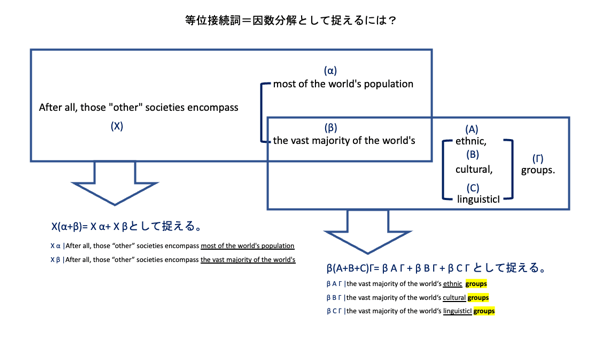
現代の英語入試は、
「速読速読!!」という風潮が強いのですが、
このような展開を瞬時に正確にわかるようになることが、
慶應文学部の和訳問題を解く上でも重要になってきます。名詞構文を見抜けるか
名詞構文?と聞いて知らないという人は要注意です。
名詞構文は論文などアカデミックな文章でよく使われる名詞化表現です。
よくわからないという人はこちらの記事で名詞構文について学んでください。
[nlink url="https://hiroacademia.jpn.com/blog/sankosyo/eigo/meishikobun-2/"]単語の選定の仕方
慶應文学部の入試において、英語辞書が持ち込み可能なのは他の大学入試に比べると、
大きなアドバンテージになりますね。ですが、、
「和訳問題があるのになぜ英語の辞書の持ち込みを可にしているのでしょうか。」
これは、先ほどからも言っている和訳=単語の組み合わせではないということからもわかります。また、一つの単語には複数の意味を持ち合わせていることがほとんどです。
慶應文学部での入試では文脈に合わせて、
どの単語の意味を使えば良いのか?を選定するのが必要ということです。どの単語の訳語を使ったら良いのか?
手がかりになるのは、単語の品詞でしょう。英語は場所に応じて単語の品詞が変わります。助詞がないから場所、順番が重要
英語には日本語の助詞にあたるものがありません。
日本語は助詞があるので、主語、目的語の場所というのは、
文章内のどこにあっても割とどこでも伝わってしまいます。
例えば、私の犬は自宅で私が帰ってくるのを待っていた。
という文章を
私が帰ってくるのを私の犬は自宅で待っていた。という順番にしても、意味が通じます。
一方、英語はそうではありません。
助詞を持たないため、主語、動詞の位置には敏感です。
日本語のように自由に場所を変えることができないのです。場所が変わると品詞を変えざるを得ない
英語の場合、主語、目的語、動詞は場所が決まっています。
ということは、逆に普段名詞として使っている単語が動詞の位置にきたりしてしまったら、
その意味でとらざえるを得ないのが英語ということです。
例えば、dogを動詞として、、
The police dogged the suspect.
例えばgoogleを動詞として、、
I google the word.
このように使うことができます。話が長くなってしまったのでまとめると、、、
まとめ
品詞を見ることで多義語の意味は特定することができる。
もし、知らない意味があった場合は熟語、句動詞を疑って辞書を調べる。慶應文和訳問題を解き方のプロセス
慶應文学部の和訳問題を解くのは下記の順番で解くと良いでしょう。
1,文構造をチェク
本ブログで何度も伝えている点ですが、本番も和訳該当箇所は文構造を書いてください。
できれば、句、節が何を修飾しているのか?まで丁寧に考えてみましょう。2,必要表現をチェック
文構造のチェックが終わったら、採点の核となるだろう表現にチェックを入れておきましょう。
たとえば、強調表現や、andの取り方など、他の人が間違えそうであろう部分です。3,知らない単語熟語を調べる
単語熟語で知らないものがあれば、この段階で調べておきましょう。
ポイントとしては文構造を取り終わってから単語熟語を調べることです。4,日本語「てにをは」修飾関係チェック
上記のチェックが終わったら日本語を書いてみましょう。
書き終わったらてにおは、日本語の修飾関係が正確にできているかのチェックを忘れずに。過去問を使っている時に、
自分がよく間違える和訳部分についてはまとめておいて、メモをしておくと良いでしょう。慶應文学部和訳を攻略するためのおすすめ参考書5冊
ここまで長々と話してきましたが、最後におすすめの参考書をお伝えしていきます。
『英文解釈クラシック』『英文和訳演習(中級)『ポレポレ英文読解』『英文解釈の透視図』
『英文解体新書(青)』
おまけで、『思考訓練としての英文解釈』この辺りの参考書1冊行っておけば慶應文学部の和訳対策はバッチリできます。
そもそも英語の学力が不安な人は・・
そもそもの英語の学力が不安な人、
勉強がわからない人はこちらのブログ記事で英語の勉強法について、
0から解説していますのでご覧ください。
[nlink url="https://hiroacademia.jpn.com/blog/program/english-benkyo/"]慶應文学部にどうしても合格したい人・・
当塾では、慶應義塾大学専門塾として慶應文学部に特化した勉強をお伝えしています。
ご覧のように慶應大学文学部に合格するためには、、
ただ単に勉強をしているだけでは合格することはできません。
慶應文学部に合格するためには、慶應文学部の戦略が必要なのです。
こちらよりご相談ください。













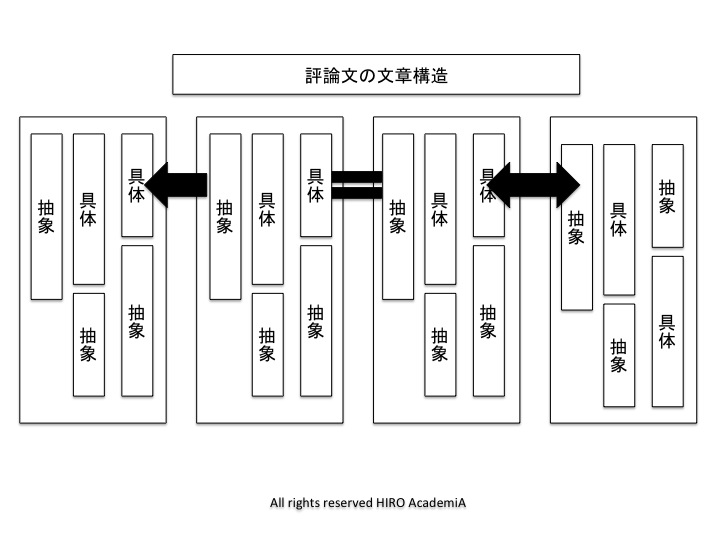
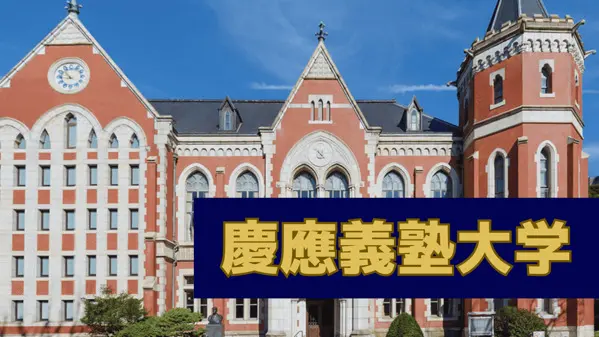
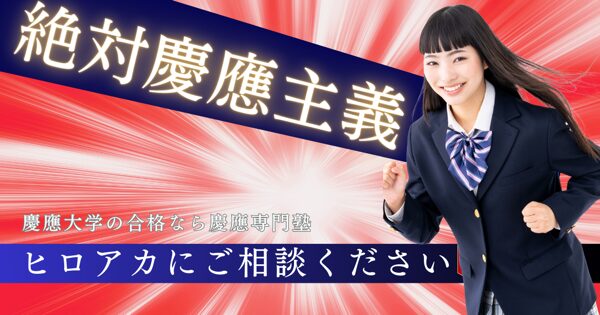





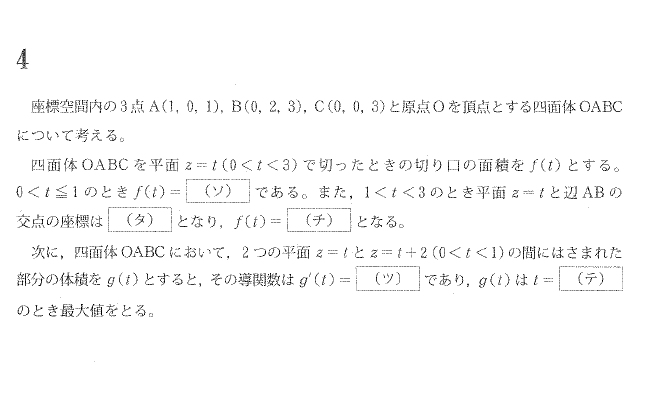
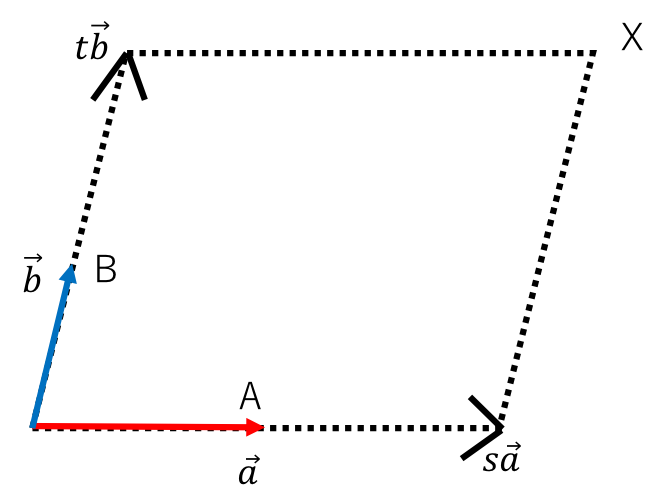
 図2
図2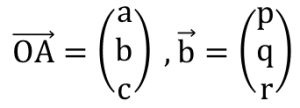


 なので、線分OA上にz=tを満たす点A’が存在する。
なので、線分OA上にz=tを満たす点A’が存在する。 と表せる。
と表せる。 図4
図4
 で線分OA上にz=tを満たす点が存在しなく、線分AB、AC、OCを共通にもつ。
で線分OA上にz=tを満たす点が存在しなく、線分AB、AC、OCを共通にもつ。 ・・・(タ)
・・・(タ)
 図6
図6 図7
図7
 とおける。(i)より
とおける。(i)より ・・・(ソ)
・・・(ソ)
 とおくと、
とおくと、 ・・・(タ)
・・・(タ) ・・・(チ)
・・・(チ)